French artist Pierre-Auguste RenoirPierre-Auguste Renoir (1841 – 1919) is one of the last representatives of a tradition that runs directly from Rubens to Watteau. The French artist was a leading painter of the Impressionist art movement, famed for depicting female beauty and charming scenes. Coming from humble beginnings, he became an apprentice to a porcelain painter where he learned to copy designs and More is considered one of the leading painters in the development of the Impressionist style. In his pictures, he depicted beauty and especially feminine sensuality. The paintingPainting is a fundamental form of visual art that has been practiced for thousands of years. It involves applying pigment to a surface such as canvas, paper, or a wall. Painting can be explored through various styles, techniques, and mediums, each offering unique possibilities for expression and creativity. Historical Background • Ancient Beginnings: The history of painting dates back to More “Dance at Le Moulin de la Galette” is a seminal work of Renoir’s early maturity and widely celebrated as one of the important masterpieces of early Impressionism.
Where is the picture “Dance at Le Moulin de la Galette” today?
The original picture of “Dance at the Moulin de la Galette” hung in the Musée du Louvre from the 1920s. It was transferred to the Musée d’Orsay, Paris, in 1986, where it can be viewed today as part of the permanent collection.
What’s in it?
The paintingPainting is a fundamental form of visual art that has been practiced for thousands of years. It involves applying pigment to a surface such as canvas, paper, or a wall. Painting can be explored through various styles, techniques, and mediums, each offering unique possibilities for expression and creativity. Historical Background • Ancient Beginnings: The history of painting dates back to More of the Ball at Le Moulin de la Galette is celebrated as a masterpiece of modernismThe term Modernism refers to a global movement in society and culture which sought the departure from traditional forms of thinking in favour of the creation of new forms of art, philosophy, and social organisation. Reflecting the transformations in western society during the late 19th and early 20th centuries and the newly emerging industrial world provided the impetus to depart More both for its theme and the style: Renoir chose an ordinary scene of the Parisians at leisure, during a typical Sunday afternoon at the Moulin de la Galette. In the late 19th century, working-class Parisians would dress up and enjoy spending time at this dance garden of Montmartre eating, drinking, and dancing till the evening. The “Dance the Le Moulin de la Galette” is a snapshot of real life, which is typical for the Impressionist art movement. It shows a richness in form, loose and fluid brushworkMasterful brushwork is often the defining feature of great artists, where the brush becomes an extension of their arm, allowing paint to flow effortlessly onto the canvas. These artists demonstrate a profound understanding of their medium, knowing precisely when to apply thick, textured strokes or smooth, delicate ones. Their skill extends beyond mere color application; it's about the artistry of More, capturing the flickering of the sun-dappled light. The personnel shown includes both regular patrons and some of Renoir’s preferred models.
What’s the context?
Renoir Facts:
The most significant professional art societies in France in the nineteenth century were the Royal Academy of Fine Arts, where Renoir took art classes and had the possibility of exhibiting some of his paintings in the early 1960s. However, recognition was slow in coming, and when the artist later incorporated inspiration by subject matter and style of Camille Pissarro and Edouard Manet into his own paintings, he received a series of rejections by the Salon juries. Renoir decided to join forces with fellow artists Monet, Sisley, and Pissarro to organise the first Impressionist exhibition in April 1874. At the Third Impressionist Exhibition of 1877 Renoir displayed “Dance at Le Moulin de la Galette”. While the response to the exhibition was largely critical, Renoir’s work was comparatively well received. The artist did not take part in the fourth or fifth exhibition of the Impressionists and resumed submitting works to the Salon, where he now received greater recognition.
Chatter and Prattle
- The Sunday dances at the Moulin de la Galette were popular for their relaxed atmosphere. The working class made full use of the chance to dress up, forget about their workday lives, and dance from the early afternoon till midnight. A brass band would be playing quadrilles, waltzes, and polkas, and later in the night even the can-can.
- The Moulin also attracted slumming bourgeois, looking for easy women and prostitutes, and pimps, hoping to attract rich men.
- To capture the unique atmosphere, many artists besides Renoir set up their ateliers in Montmartre, such as Casas, Picasso, van Gogh, and Toulouse-Lautrec, who all painted the Sunday dances at the Moulin.
- Renoir further painted a smaller version of the picture “Dance at Le Moulin de la Galette”, which was sold at Sotheby’s for 78 million USD in 1990.
Recommended Readings:
This article may contain compensated links. Please read Disclaimer for more info. As an Amazon Associate, I earn from qualifying purchases.
Gilles Néret (2009): Renoir. Painter of Happiness
Martina Padberg (2019): Renoir (Artist Monographs)
Peter H. Feist (2016): Renoir (Basic Art Series 2.0)
Barbara Ehrlich White (2010): Renoir: His Life, Art, and Letters
Colin B. Bailey (2012): Renoir: Impressionism and Full-Length Painting


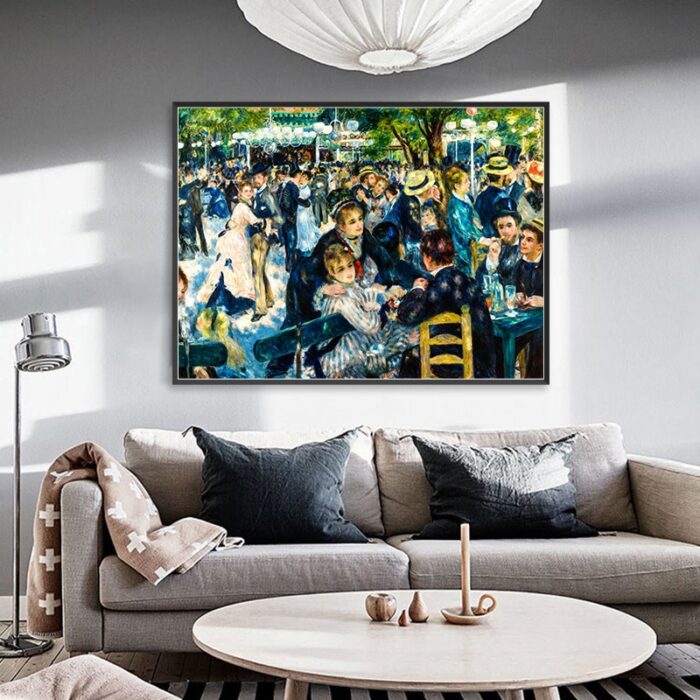

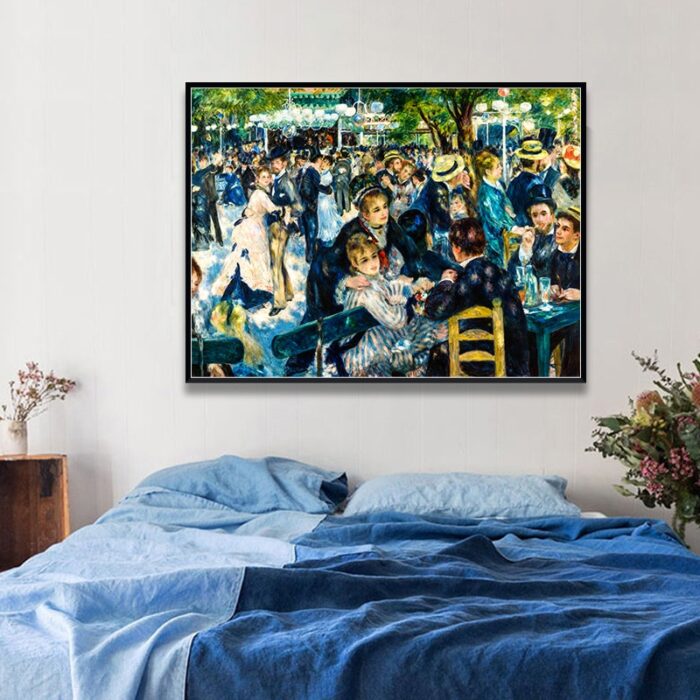
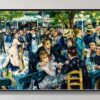




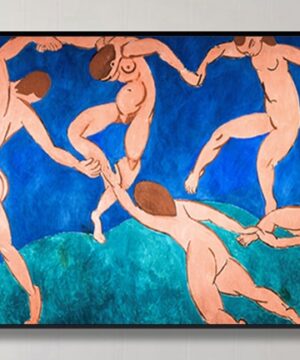
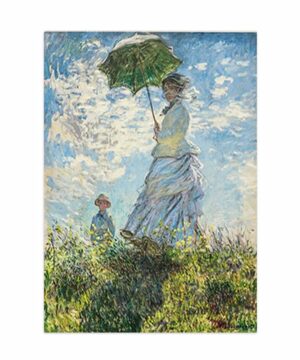
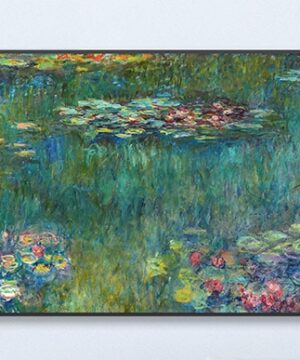
Reviews
There are no reviews yet.